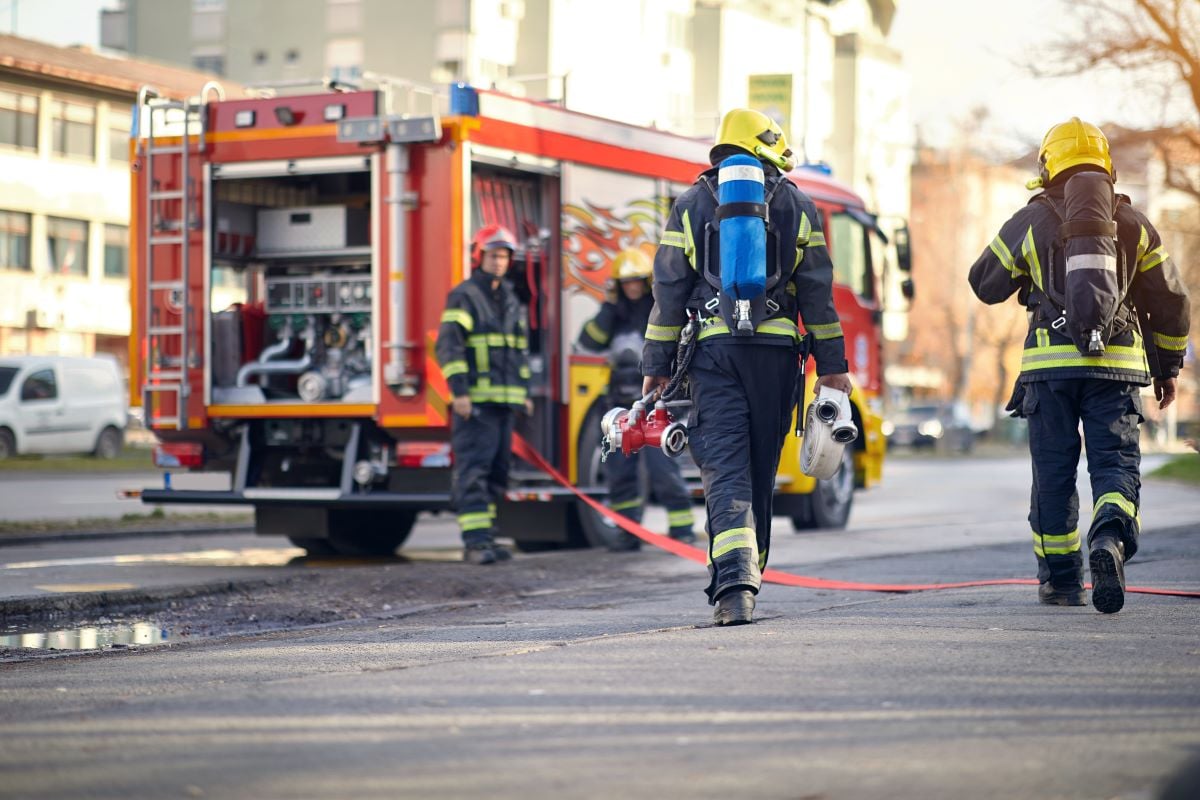
When emergency responders enter a building to control a crisis, they need backup and support to do their job effectively and get out safely. The more that is left to chance in an emergency, the more could be at risk. That's where the emergency responder communications enhancement system (ERCES) comes in.
What do systems like the ERCES accomplish? And how useful are they in an emergency? Here is everything you need to know about the ERCES and why it could mean the difference between a well-managed crisis and a catastrophe.
What Is an ERCES System?
An ERCES system is a Building Code Required life safety system that helps emergency responders communicate with each other during an emergency. These systems ensure that communication between firefighters, police and emergency medical services is not impaired.
The system is an amplifier for two-way radios operating on emergency responders' public safety frequencies. Without an ERCES, those radios can become unreliable when the emergency responder enters a building with signal impairment. The ERCES enhances the in-building radio frequency coverage.
How They Work
The ERCES system is straightforward: The radio signal from a responder’s two-way radio reaches an antenna inside a building and is amplified and transmitted by an antenna on the roof to the closest public safety radio system antenna.
This system also ensures radio signals from the public safety antenna reach responders inside the building through the same method in reverse. These mechanisms all work together to enable responders to have clear, concise conversations when it matters the most.
Breaking Down the ERCES System
The typical ERCES system comes with a few essential components. The bi-directional amplifier (BDA) serves as the signal booster, while the distributed antenna system (DAS) and donor antenna receive and transmit signals.
The dedicated annunciator panel is required by code to display six potential trouble conditions. It will let the responder or facility manager know if there is an issue like a low battery or problems with the signal booster. The power supply includes a battery charging system to offer backup power if the building loses power during an emergency event.
Why They're Necessary
The ERCES is designed to help save lives — not only the lives of anyone in the building in crisis but also the emergency responders.
Many police, firefighters, and EMTs are entering buildings they've never been in before in dangerous conditions. The situation can quickly turn hectic and confusing without proper means of communicating with one another. This confusion could lead to mistakes, and inaccurate information can turn the tide in a life-or-death situation.
In-building radio communication isn't always reliable, as outside factors or nearby buildings could impact their effectiveness. An emergency responder communication enhancement system for emergency responders is the responsible route to help make a dangerous set of circumstances considerably safer.
Stay Safe by Staying Connected
Emergencies require fast communication, and no one can deliver that better than the Koorsen Fire & Security team. If you'd like to know more about Emergency Responder Communications Enhancement Systems (ERCES), contact your local Koorsen branch today.

